+86-159 9860 6917
info@geofantex.com
geofantex@gmail.com
+86-400-8266163-44899
Installing geotextile fabric under your pool deck can significantly extend its lifespan and maintain its structural integrity. This specialized fabric acts as a reliable barrier against weed growth, prevents soil erosion, and facilitates proper water drainage. By creating a stable foundation, geotextile fabric ensures that your pool deck remains resilient against varying weather conditions. Its durable construction and permeable design allow for efficient water flow while safeguarding against potential damage caused by moisture accumulation. Invest in geotextile fabric to fortify your pool deck, ensuring both functionality and longevity for your outdoor oasis.
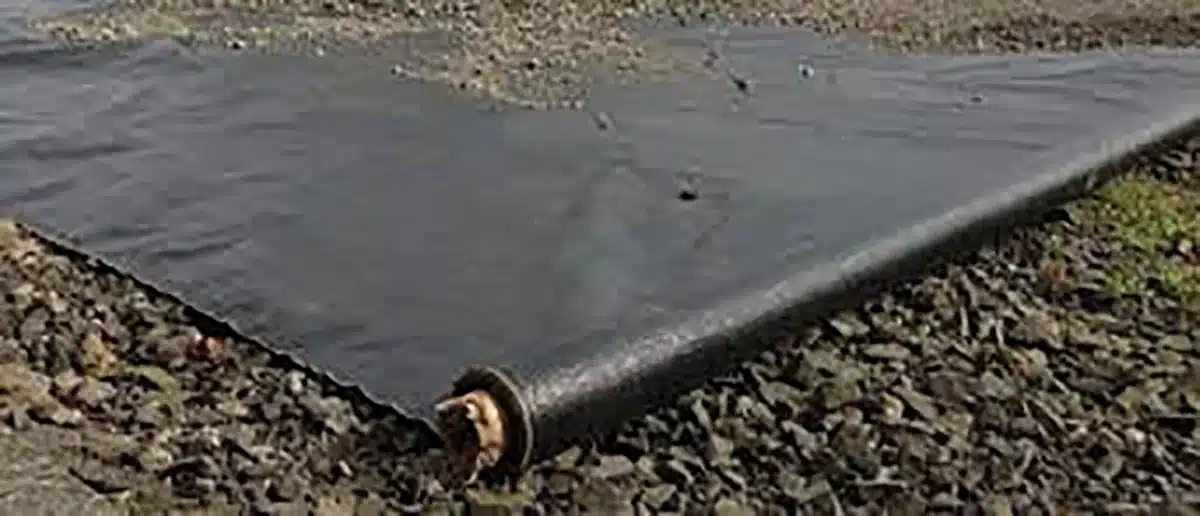
Can you put landscape fabric under the pool?
Yes, you can—and it’s often recommended—to install landscape fabric (also called geotextile fabric) under a pool deck, especially for above-ground or temporary pools. This fabric provides several important benefits:
- Prevents weed growth: Acts as a barrier to stop weeds and grass from growing up through the soil beneath the pool or deck.
- Improves drainage: Allows water to pass through, preventing pooling and reducing soil erosion or moisture damage.
- Stabilizes the ground: Creates a more even, stable base to reduce shifting or sinking over time.
- Protects against erosion: Helps hold soil in place, particularly on slopes or loose soil.
In summary, using landscape fabric under your pool deck helps extend its lifespan and maintain structural integrity when combined properly with other base layers.
Should I put landscape fabric under the deck?
Installing geotextile fabric under a pool deck enhances durability, prevents soil erosion, and maintains structural integrity. It acts as a stable, permeable barrier that facilitates drainage, controls weeds, and protects the base from moisture damage.
Key points:
- Weed prevention: Blocks weeds and grass from growing through the soil beneath the pool or deck.
- Improved drainage: Allows water to pass through, reducing pooling and soil erosion.
- Ground stabilization: Creates a level, stable base to prevent shifting or sinking over time.
- Erosion protection: Holds soil in place, especially on slopes or loose soil.
- Material choice: Non-woven, UV-stabilized fabrics offer high water flow; woven fabrics allow slower drainage. Avoid plastic-like tarps that block water.
- Deck applications: Under decks, the fabric reduces mud, prevents wood rot, and maintains air circulation. Proper installation ensures long-term performance.
Using high-quality geotextile fabric under your pool or deck improves longevity, reduces maintenance, and safeguards structural integrity, making it a cost-effective solution for outdoor spaces.
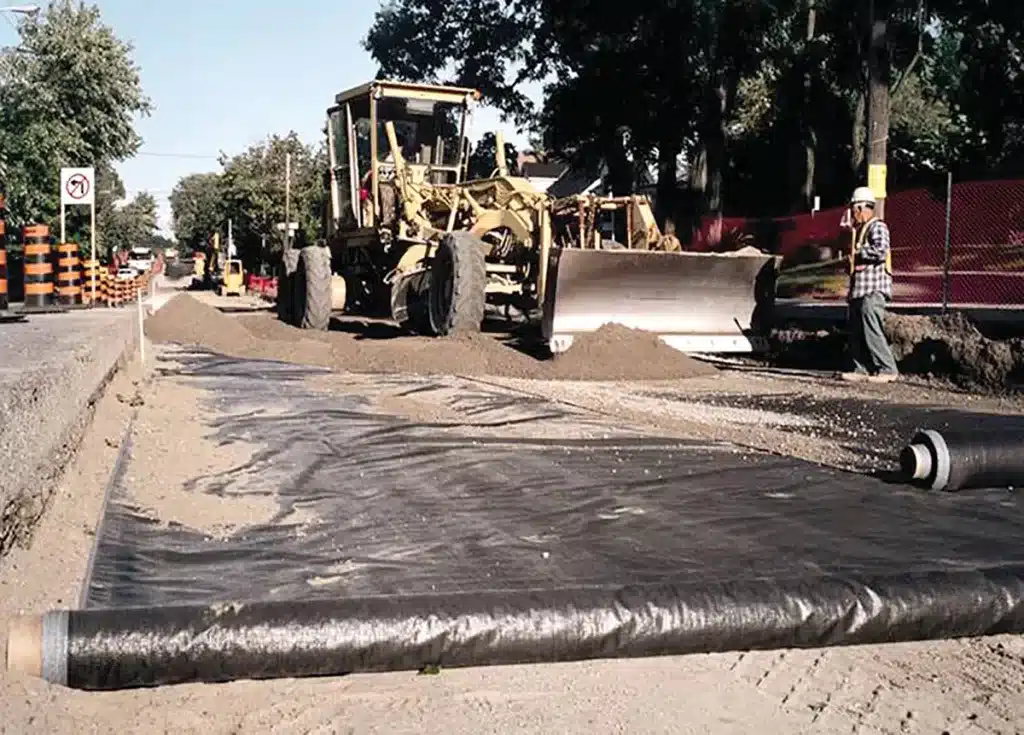
Geotextiles Extend the Lifespan of Pool Decks
Installing geotextile (landscape) fabric under a pool deck is highly recommended, as it strengthens the structure, improves drainage, and prevents common maintenance issues. Key benefits include:
- Weed prevention: Acts as a barrier to stop weeds and grass from growing through the soil beneath the pool or deck.
- Improved drainage: Most geotextile fabrics are permeable, allowing water and air to pass through, which reduces pooling, soil erosion, and moisture damage. Non-woven fabrics provide high water flow, while woven fabrics allow slower drainage; avoid plastic tarps that block water.
- Ground stabilization: Creates a level, stable base to prevent shifting or sinking over time.
- Erosion protection: Holds soil in place, especially on slopes or loose soil.
- Material choice and durability: UV-stabilized, non-woven fabrics offer long-term performance; proper installation with base layers like gravel or sand ensures maximum efficiency.
By using high-quality geotextile fabric under your pool or deck, you create a stable, permeable foundation that manages water effectively, controls weeds, protects the base from erosion and moisture, and significantly extends the lifespan and structural integrity of your outdoor space.
Can I use a tarp instead of landscape fabric?
Water can go through landscaping fabric, but its permeability depends on the fabric type and quality.
- Woven landscaping fabric: Made of interlaced polypropylene or polyester fibers, it allows water to pass but at a slower rate due to its tighter weave.
- Non-woven landscaping fabric: Features a felt-like structure with higher water permeability, making it suitable for drainage areas like flower beds and around trees.
- Perforated landscaping fabric: Contains pre-made holes for maximum water flow, ideal for vegetable gardens or high-water-demand areas.
- Key factors affecting drainage: Fabric thickness, material quality, soil clogging, and proper installation can impact water movement.
In conclusion, investing in quality geotextile fabric under your pool deck is a wise decision to ensure its longevity and structural integrity. Its ability to control weed growth, manage water drainage, and provide a stable base contributes significantly to preserving your outdoor space. By making this thoughtful addition, you’re safeguarding your pool deck against common issues, allowing for prolonged enjoyment and minimal maintenance in the long run.
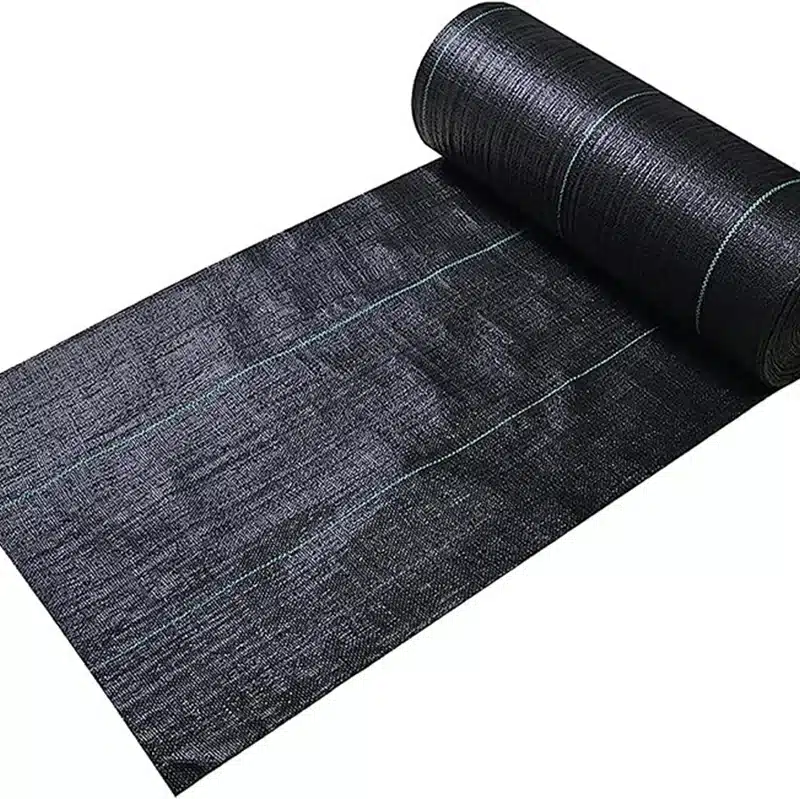
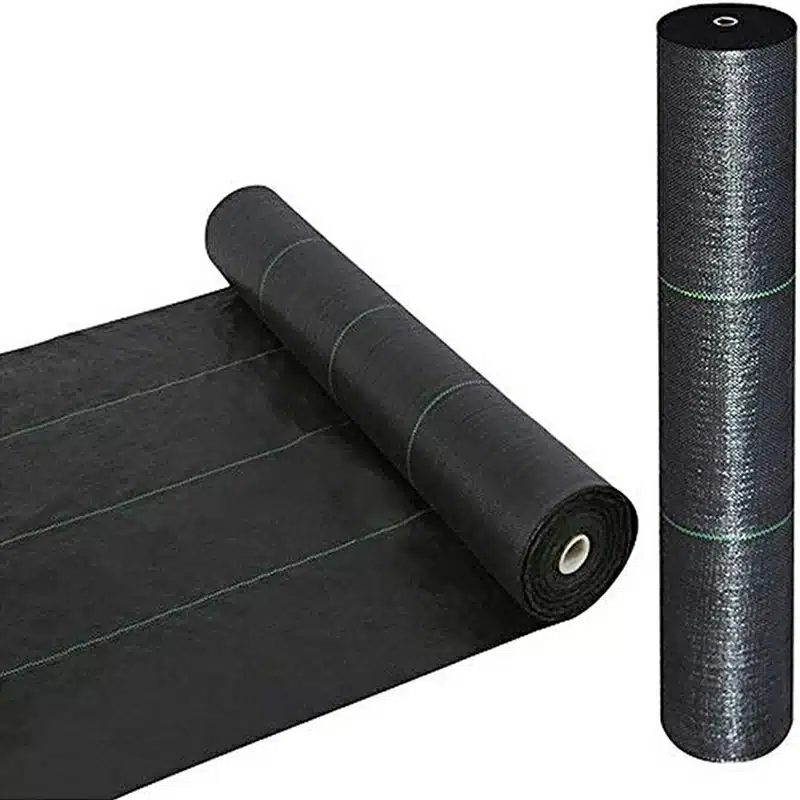
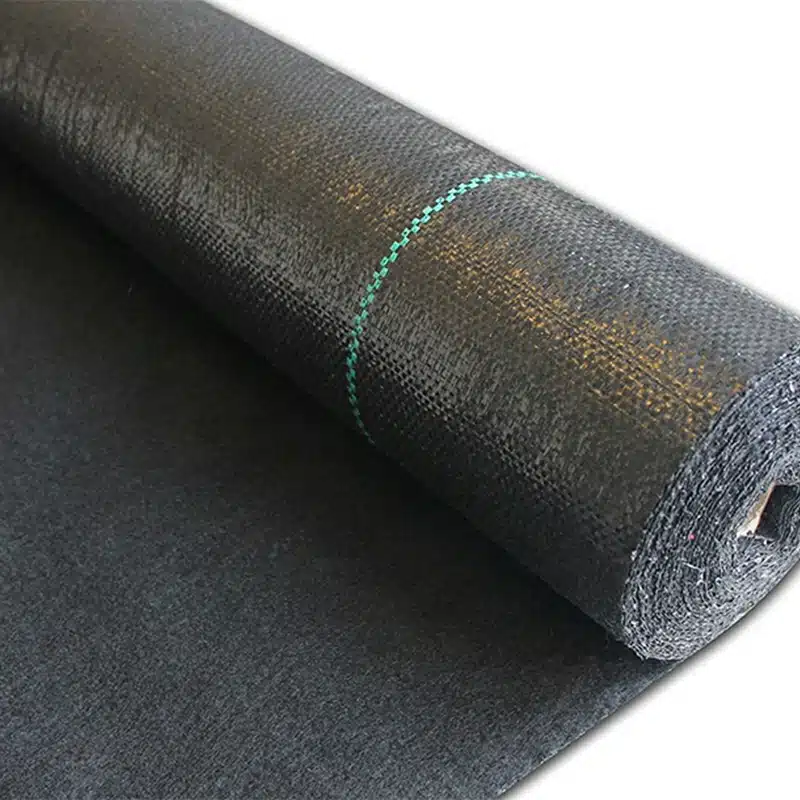
Get Free Sample
We’ll respond as soon as possible(within 12 hours)






















